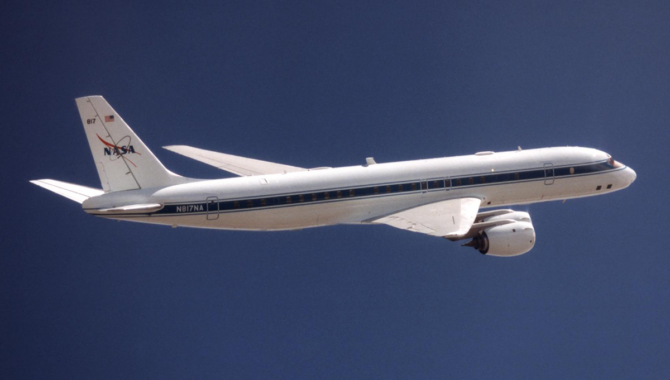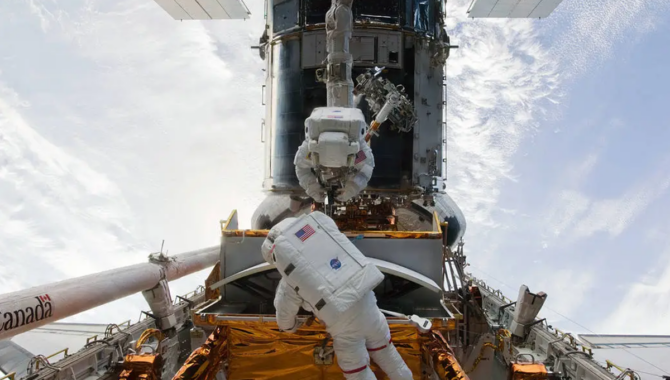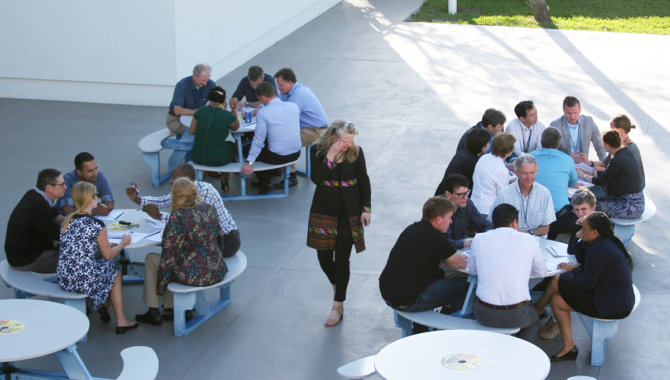
NASA’s DC-8 Laboratory Flies into the Sunset
Read More
After more than three decades of amazing contributions to science, storied aircraft heads to Idaho for a new chapter.

After more than three decades of amazing contributions to science, storied aircraft heads to Idaho for a new chapter.

PREFIRE will examine heat loss from the rapidly changing regions and gather data to improve weather models.

The crew of STS-125 make repairs and upgrades to the revolutionary telescope, expanding its capabilities and extending its operational lifespan.

Meetings can be designed and executed as an effective knowledge capture and sharing tool.